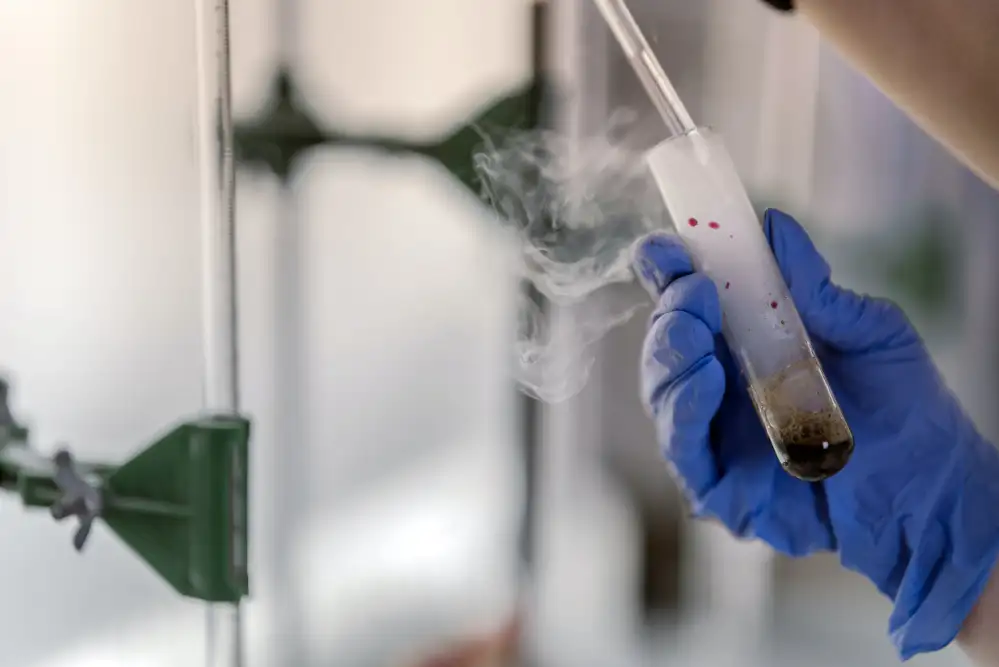Revitalize Your Legs: Discover the Power of Crema para las Venas Varices for Varicose Veins Relief

- Understanding the Causes of Varicose Veins
- The Importance of Treating Varicose Veins
- Exploring Creams as a Treatment Option
- Benefits of Using Creams for Varicose Veins
- Choosing the Right Cream for Varicose Veins
- How to Apply Cream for Varicose Veins
- Precautions and Side Effects of Varicose Vein Creams
- Other Treatment Options for Varicose Veins
Varicose veins are a common condition that affects millions of people worldwide. These enlarged, twisted veins usually appear on the legs and can be both unsightly and uncomfortable. Varicose veins occur when the valves in the veins become weak or damaged, causing blood to pool and the veins to swell. While they can be hereditary, other factors such as age, pregnancy, obesity, and prolonged standing or sitting can also contribute to their development. If left untreated, varicose veins can lead to more serious complications like ulcers or blood clots. It is important to seek treatment for varicose veins to alleviate symptoms and improve overall leg health.
Understanding the Causes of Varicose Veins
Varicose veins are a common condition that affects millions of people worldwide. To understand how to treat them effectively, it is crucial to comprehend the underlying causes. Varicose veins occur when the valves in our veins become weak or damaged, leading to blood pooling and vein enlargement. This can be caused by various factors such as age, genetics, obesity, pregnancy, and prolonged standing or sitting. Hormonal changes during pregnancy and menopause can also contribute to the development of varicose veins. By understanding these causes, we can take proactive steps towards preventing and treating this condition.
The Importance of Treating Varicose Veins
Varicose veins may seem like a cosmetic concern, but their impact goes beyond aesthetics. It is crucial to treat varicose veins promptly to prevent potential complications. If left untreated, varicose veins can lead to discomfort, pain, and swelling in the legs. They can also cause skin changes such as discoloration and ulcers.
Moreover, varicose veins can indicate an underlying venous insufficiency, where the valves in the veins fail to function properly. This can result in blood pooling in the affected area, increasing the risk of blood clots or deep vein thrombosis (DVT). DVT is a serious condition that can lead to life-threatening complications if a clot travels to the lungs.
Treating varicose veins not only helps alleviate symptoms but also reduces the risk of developing more severe complications. Seeking medical advice and exploring treatment options is essential for maintaining leg health and overall well-being.
Exploring Creams as a Treatment Option
Creams are emerging as a popular treatment option for varicose veins. These creams contain active ingredients that target the underlying causes of varicose veins, such as poor circulation and weakened vein walls. By applying the cream directly to the affected area, it can penetrate deep into the skin and provide relief from pain, swelling, and discomfort associated with varicose veins. Creams also help to improve blood flow, reduce inflammation, and strengthen vein walls over time. With regular use, creams can provide long-term relief and even prevent the progression of varicose veins.
Benefits of Using Creams for Varicose Veins
Creams for varicose veins offer several benefits in the treatment of this condition. Firstly, they provide localized relief by reducing pain, swelling, and discomfort associated with varicose veins. Secondly, these creams can improve blood circulation in the affected area, reducing the appearance of bulging veins. Additionally, creams containing natural ingredients like horse chestnut extract and witch hazel have anti-inflammatory properties that help to soothe and heal the skin. Moreover, using creams is a non-invasive and cost-effective option compared to surgical procedures or laser treatments. Overall, creams for varicose veins offer a convenient and effective solution for managing this common condition.
Choosing the Right Cream for Varicose Veins
When it comes to choosing the right cream for varicose veins, it is important to consider a few key factors. Firstly, look for creams that contain natural ingredients such as horse chestnut extract, witch hazel, and arnica. These ingredients have been shown to reduce inflammation and improve blood circulation. Additionally, opt for creams that are specifically formulated for varicose veins and have been clinically tested for their effectiveness. Reading customer reviews and consulting with a healthcare professional can also help in making an informed decision. Remember, selecting the right cream is crucial for achieving optimal results in relieving varicose vein symptoms.
How to Apply Cream for Varicose Veins
To apply cream for varicose veins, start by cleaning and drying the affected area. Gently massage a small amount of cream onto the skin, focusing on the areas with visible veins. Use upward strokes to promote blood circulation and help reduce swelling. Avoid applying excessive pressure or rubbing vigorously, as this may irritate the skin. Apply the cream twice daily, preferably in the morning and evening, for optimal results. Remember to follow the instructions provided by the manufacturer and consult a healthcare professional if you have any concerns or experience any adverse reactions.
Precautions and Side Effects of Varicose Vein Creams
While varicose vein creams can provide relief, it is important to be aware of potential precautions and side effects. Firstly, it is crucial to consult with a healthcare professional before using any cream, especially if you have underlying health conditions or are pregnant.
Some individuals may experience skin irritation or allergic reactions when using varicose vein creams. It is advisable to perform a patch test on a small area of skin before applying the cream extensively. If any redness, itching, or swelling occurs, discontinue use immediately.
Additionally, some creams may contain ingredients that can interact with certain medications. Always inform your healthcare provider about all the medications you are taking to avoid any potential adverse effects.
Moreover, excessive use of varicose vein creams can lead to skin dryness or thinning. Follow the recommended dosage and application instructions provided by the manufacturer.
Lastly, if you experience severe pain, worsening symptoms, or any unusual reactions after using a varicose vein cream, seek medical attention promptly.
By being cautious and informed about potential precautions and side effects associated with varicose vein creams, you can ensure safe and effective treatment for your condition.
Other Treatment Options for Varicose Veins
While creams can be an effective treatment option for varicose veins, there are also other alternatives available. One such option is sclerotherapy, a procedure in which a solution is injected into the affected veins, causing them to collapse and fade away over time.
Another popular treatment is laser therapy, which uses intense bursts of light to heat and destroy the damaged veins. This non-invasive procedure is often preferred by those who want to avoid injections or surgery.
For more severe cases, surgical procedures such as vein stripping or ligation may be recommended. These procedures involve removing or tying off the affected veins to redirect blood flow to healthier ones.
Compression stockings are another non-invasive treatment option that can help relieve symptoms of varicose veins. These specially designed stockings apply pressure to the legs, improving circulation and reducing swelling.
It's important to note that while these treatments can provide relief from varicose veins, they may not prevent new ones from forming. Therefore, it's crucial to maintain a healthy lifestyle by exercising regularly, maintaining a healthy weight, and avoiding prolonged periods of sitting or standing.
In conclusion, while creams offer a convenient and non-invasive solution for varicose veins relief, there are also other effective treatment options available. Consulting with a healthcare professional will help determine the most suitable course of action based on individual circumstances.
In conclusion, creams have emerged as a viable solution for varicose veins. Their effectiveness in reducing pain, swelling, and improving the appearance of veins has been well-documented. With their easy application and minimal side effects, creams provide a convenient and non-invasive option for those seeking relief from varicose veins. However, it is important to choose the right cream that suits your specific needs and consult with a healthcare professional before starting any treatment regimen. Embrace the power of creams and take the first step towards revitalizing your legs and reclaiming your confidence.
Published: 27. 02. 2024
Category: Health



